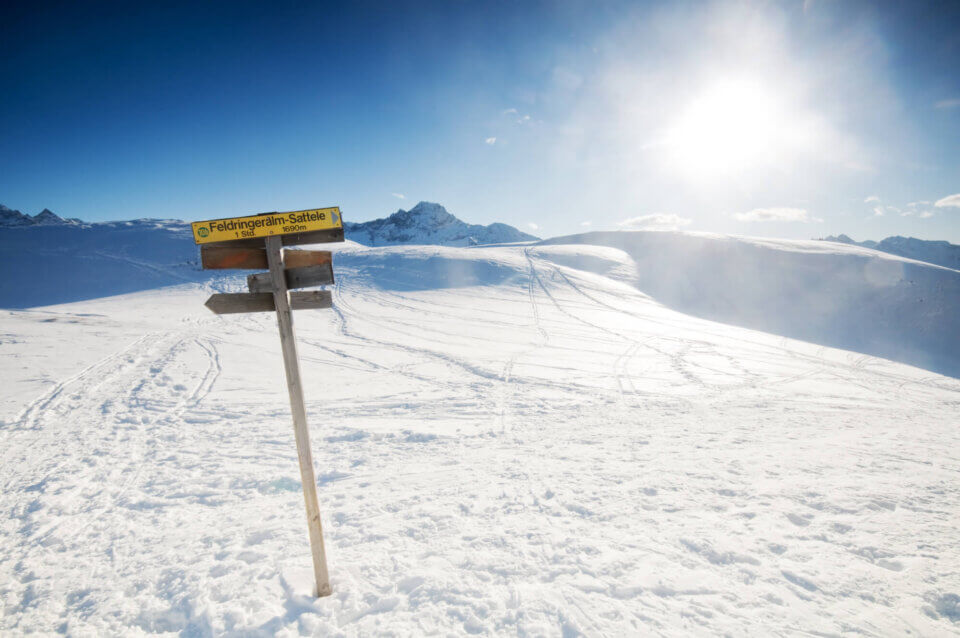
How to check your DNS or DNS of a website?
DNS servers are often the target for cyberattacks, which may include Cache Poisoning phishing consisting in send fake information to a DNS server that directs the user to fake websites. Do you wonder how to check the DNS server of your computer or website? Take a look at our guide.
Spis treści
How to find the DNS you use?
Checking the DNS server of your computer is quite fast and easy. You can either use the command line interpreter or special software.
The DNS server settings are usually connected to DHCP Dynamic Host Configuration Protocol) settings, which are responsible for automatic assigning information concerning the IP address, default gateway, mask or DNS address, to the devices connected to the network.
How to check your DNS settings? The way of verifying your DNS address varies depending on your operating system. If you use Windows, go to Run, enter cmd and then ipconfig. You will see an IPv6 or Ipv4 address, a mask and a default gateway. This stands for your router address.
How can you check you DNS address on Linux? Use the terminal and enter ip route && ip a && cat /etc/resolv.conf command so that your system returns all the information about the Ethernet connection configuration.
Read our other article: What is high server or website availability?
How to change the DNS server address on your computer?
You can change the DNS server address on every device separately or on all devices at the same time by changing the DNS router address. If you want to configure multiple devices, changing the DNS of the router will be a faster and better solution. However, remember that DNS configuration in the device system has higher priority than the DNS server the router connects to.
If you use Windows and want to change the DNS address, go to Settings, open Network & Internet and select WiFi or Ethernet. You can now change the network card settings.
Then, after you open the system window, right click on Ethernet or WiFi icon and Properties. Next, select Internet Protocol Version 4 (TCP/IPv4) and click Properties.
Now you can select Use the following DNS server addresses: and enter the DNS address you prefer. You can use e.g. the Cloudflare DNS address: 1.1.1.1 or 1.0.0.1.
That’s easy, isn’t it?
Take a look at our article: Which DNS provider is the fastest?
Can the DNS server you use be dangerous?
Yes. They can be extremely dangerous.
Each year, the number and scale of DDoS, Dos or DNS poisoning attacks grows.
The DoS Denial of Service) attacks overload the servers with redundant data. This way, DNS servers stop responding and connecting to devices.
The DDoS Distributed Denial of Service) attacks consist in attacking servers or systems from several devices at the same time. Usually, these devices are computers infected with bots or Trojan viruses. DDoS attack flood server with redundant connection attempts, disturbing the traffic and making it impossible to use the server resources.
There is also a risk of cache poisoning of DNS servers. Cache poisoning of DNS servers is a phishing attack, which allows cybercriminals to steal sensitive data, modify the server connections and direct users to fake websites.
A simple takeover of a DNS server by malware is also a popular attack. Smilarly to cache poisoning, it leads to data theft and redirects users to phishing websites.
DNS servers are being attacked all the time. One of the biggest cyberattacks took place when the DNS server address of over a million routers was changed, which affected the following companies, among others: D-Link, Huawei, TP-Link, 3Com, Intelbras and MikroTiK. The attack took place at the end of 2018, taking a huge toll mainly on the servers in Brazil.
In Poland, there was also an infamous attack of the DNS servers provided by Orange back in 2014, which affected up to one million Internet users of this operator. The changed fake DNS server addresses included: 62.113.218.106, 5.135.199.20, 194.44.49.48.
Take a look at our other articles: How does WordPress get hacked?
How to check DNS servers of a website?
Would you like to a DNS server of a website? That’s easy. Just go to https://www.dns.pl/whois and enter the domain name you want to verify. The application will search the WHOIS database and return information on the domain.
Not only will you receive information about the domain name of the DNS servers, but you will also find out who the subscriber of the domain is, when it was registered and when the billing period ends. You will also see the domain registrar data.
With the Camels, you can change your DNS server domains in your user panel. Go to the list of the domains and find the one you need. Click the down arrow next to the given domain and select the Manage DNS option. You will be directed to a window where you can enter your own DNS servers.
The domains you purchased from us have the following default DNS servers:
- dns1.thecamels.org
- dns2.thecamels.org
These servers operate in a cluster. Therefore, if any of them doesn’t work properly, the continuity of services may still be ensured. Keep in mind that after changing the DNS address you need to propagate the server which usually takes 24 hours.
Find out more: What is DNS propagation and how long does it take?
Check other blog posts
See all blog posts
6 April 2022
Why is it a good idea to split sites across different hosting accounts?
Read moreMultiple websites on one server is a threat that can have different faces. Find out what the most important ones are and see why you should split your sites on different hosting accounts. Powiązane wpisy: Compendium: how to secure your WordPress? Everything you have to keep in mind when creating an online store Useful plugins…

13 September 2021
How do you get your website ready for Black Friday or more traffic?
Read moreToo much website traffic can be as disastrous as no traffic at all. A traffic disaster results in server overload. In such a situation, no one is able to use e.g. your online store’s offer, and you do not earn. Learn how to optimally prepare your website for increased traffic. Powiązane wpisy: Compendium: how to…

10 September 2021
Password management or how not to lose your data
Read moreDo you have a bank account? Use the internet with your smartphone? Congratulations! Then you are on the brighter side of the power, where digital exclusion does not reach. But can you take care of the security of your data as effectively as you invite your friend for a beer via instant messenger? Powiązane wpisy:…
